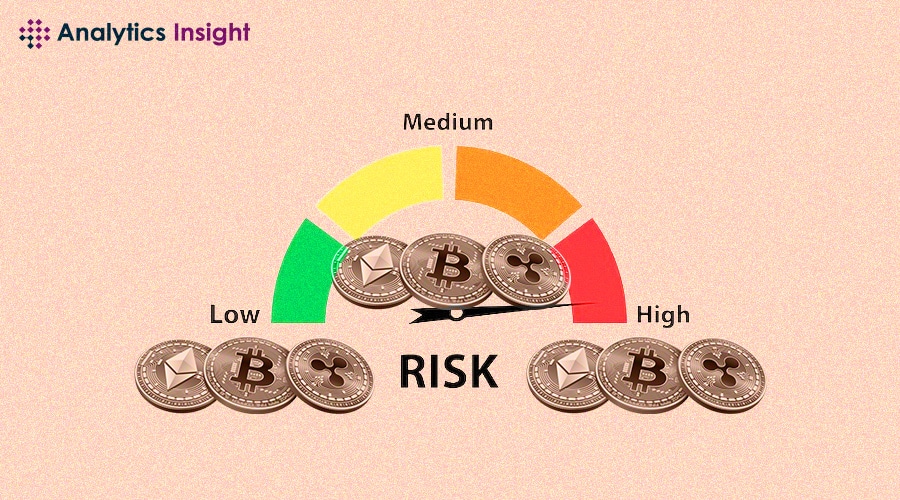Navigating the cryptocurrency waters: A guide to effective risk management in your crypto portfolio
Cryptocurrency markets are known for their volatility, offering opportunities and challenges for investors. To thrive in this dynamic environment, mastering risk management is essential. This comprehensive guide explores strategies to manage risk effectively in your crypto portfolio, ensuring a more secure and resilient investment journey.
Understanding Risk in Crypto:
Volatility Awareness:
Cryptocurrencies are inherently volatile. Prices can experience rapid and unpredictable fluctuations influenced by market sentiment, regulatory developments, and macroeconomic trends. Being aware of this volatility is the first step in effective risk management.
Diversification:
Diversifying your portfolio across different cryptocurrencies can help mitigate risk. While some assets may experience downturns, others may perform well, providing a balance that reduces the overall impact of market volatility.
Risk Tolerance Assessment:
Assess your risk tolerance before entering the crypto space. Consider your financial goals, time horizon, and comfort with market fluctuations. Understanding your risk tolerance helps shape your investment strategy.
Risk Management Strategies:
Portfolio Allocation:
Allocate your portfolio strategically. Avoid putting all your funds into a single asset, as this magnifies the impact of adverse price movements. Consider diversifying across different crypto assets based on your risk appetite.
Use Stop-Loss Orders:
Implement stop-loss orders to automatically sell a portion of your assets if prices reach a predetermined level. This tool helps limit potential losses during market downturns, allowing you to exit positions before significant value erosion.
Set Realistic Goals:
Define realistic financial goals and expectations for your crypto investments. Establishing clear objectives helps guide decision-making and prevents impulsive actions driven by short-term market movements.
Regular Portfolio Reassessment:
Periodically reassess your portfolio to align with your risk tolerance and financial goals. Market conditions and circumstances may change, necessitating adjustments to your portfolio composition.
Risk Mitigation Techniques:
Stablecoins as a Hedge:
Consider allocating a portion of your portfolio to stablecoins pegged to traditional fiat currencies. Stablecoins hedge against market volatility and can act as a haven during turbulent times.
Stay Informed:
Keep abreast of market news, developments, and emerging trends. Staying informed allows you to make well-informed decisions and react promptly to market changes that could impact your portfolio.
Avoid FOMO (Fear of Missing Out):
Emotional decision-making, driven by FOMO, can lead to impulsive actions and increased risk. Develop discipline, stick to your predefined investment strategy, and avoid knee-jerk reactions to market hype.
Risk Monitoring and Evaluation:
Regular Performance Reviews:
Conduct regular reviews of your portfolio’s performance. Assess the impact of your risk management strategies and make adjustments as needed. This ongoing evaluation ensures your portfolio remains aligned with your financial objectives.
Adaptability:
Be adaptable in response to changing market conditions. Cryptocurrency markets evolve, and your risk management approach should grow with them. Stay open to refining your strategies based on new information and market developments.
Conclusion:
Effectively managing risk in your crypto portfolio is an ongoing process that requires diligence, discipline, and adaptability. By diversifying your holdings, employing strategic allocation, and using risk mitigation techniques, you can confidently navigate the volatile crypto markets. Regular reassessment, staying informed, and avoiding emotional decision-making further contribute to a resilient and secure investment strategy in the ever-evolving world of cryptocurrencies.

